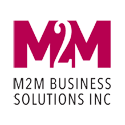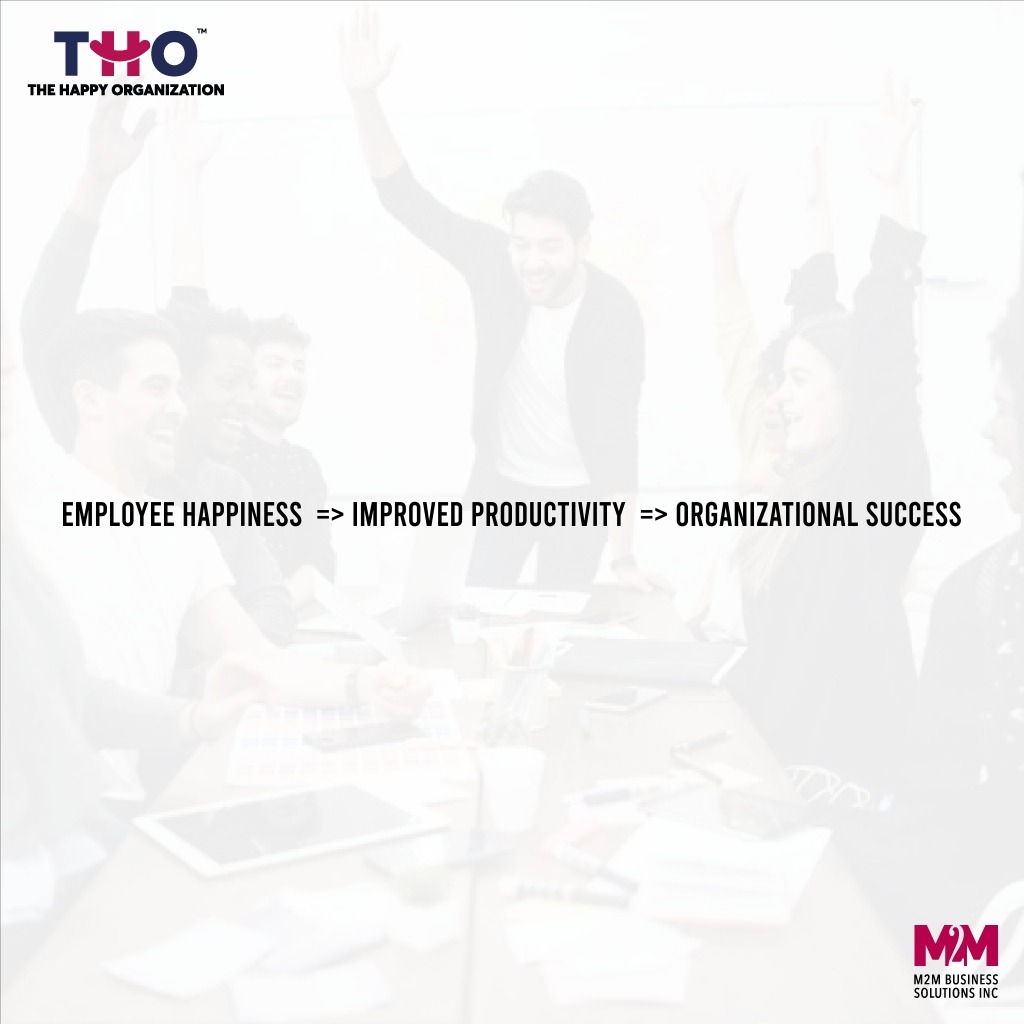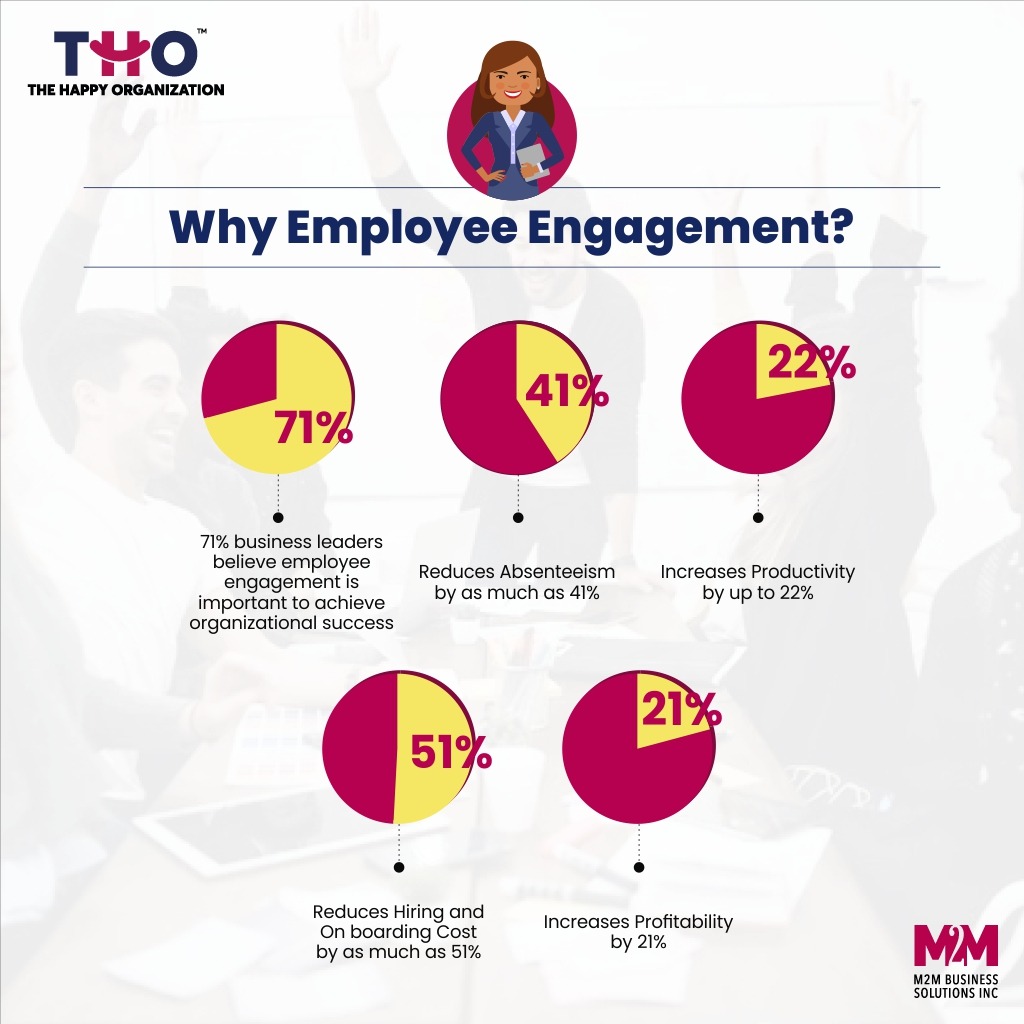
Hiring Challenges 2022
Job Hunting is like Going to a Buffet Meal For Candidates- What Does This Mean for Organizations and Their Leaders? Ever been to a buffet brunch? If you’re like me (which I’m sure most of you are), you’ll look around…
The Great Employee Recall: What Lies Ahead?
Published in Forbes The prolonged confusion and uncertainty due to the COVID-19 pandemic have made organizations precarious in their response approaches. While several businesses have succeeded in innovating and adapting to the changing circumstances, things are far from over. With…
Happy Customers- A By-product of Building a Happy Workplace
Published in Forbes A recent Glassdoor study suggests that a 1-point increase in Glassdoor company rating is associated with a 1.3-point increase in customer satisfaction. And there are studies that confirm higher customer satisfaction leading to higher company valuations. A Harvard Business Review…
4.5 Million Americans Quit Their Job in November 2021 Alone
What Are You Planning to Do About “The Great Resignation”? 4.5 million Americans quit their job in November 2021. I published an article on Forbes sometime back on “The Great Resignation”, where I shared some notes on the upcoming wave…
Challenges Business Leaders Need to Be Prepared For 2022 & Beyond
Published in Forbes According to a WSJ report, around 200,000 establishments in the US closed permanently in the first year of the viral outbreak. The pandemic-inflicted leadership challenges in 2020-21 forced organizations to take extraordinary measures in real-time, with zero…
Future of CX in 2022- Fall Out of the Pandemic
With the world gradually limping towards normalcy, businesses are adjusting themselves to align with the needs and expectations of the post-pandemic consumers. Re-imagining customer experience (CX) is one of the most vital aspects of calibrating their operations. After all, according…
Brace Yourself for The Great Resignation – A Note to the Leaders
Published in Forbes According to a report by the US Labor Department, 2.7% of the US workers have left their jobs in April 2021. A sharp rise of 1.6% from April 2020 and the highest in more than two decades. …
Reducing High Employee Turnover – It’s all about Employees
Building and retaining an efficient resource pool is one of the leading challenges for modern businesses. As I mentioned in my previous LinkedIn article, it is your employees’ hard work and skillset that decide the outcome and ultimately, the success of…
Happy Employees are 12% More Productive – But Why and How?
According to a study by the University of Warwick, happier employees are about 12% more productive. This increased productivity has a positive impact on the bottom line growth of the company and hence its success. Indeed employee productivity is one…
Seven Tools To Help In Workplace Engagement Initiatives
Published in Forbes Employee engagement is the most important initiative an organization could undertake to build a happier and more productive work environment. I’ve talked before about employee engagement and the need for it, and some of the ways to…









